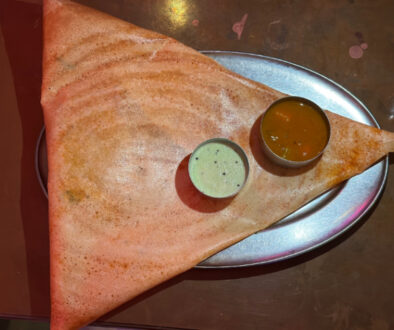Travel Blog
Chihuahua, Mexico: Discovering Pancho Villa, the Burrito and Sand Dunes
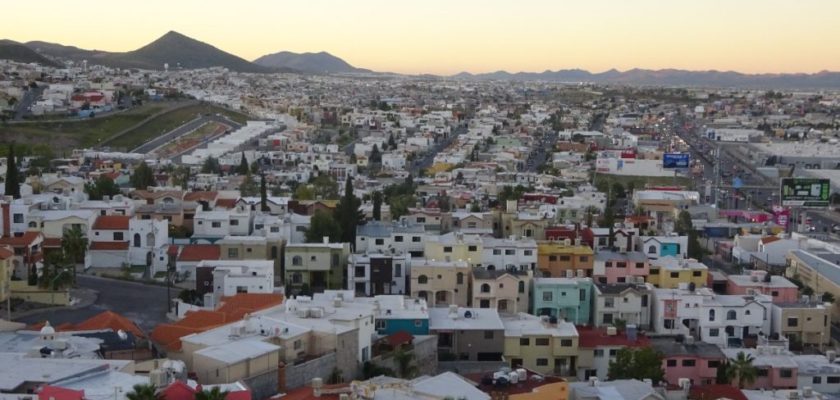
Chihuahua, Mexico, borders El Paso, Texas, and has so much to offer in terms of its food, indigenous culture, history and natural beauty. In this piece I take readers on a cultural, road-trip journey that features mouth-watering tacos, scenic vistas, and sand-dune adventures.
My cultural journey into the state of Chihuahua, Mexico, began in Cd. Juarez which is a 30-minute drive from El Paso, Texas, sans traffic. Unless one leaves very early in the day, this crossing takes around four hours due to border and immigration checks. Many Latin Americans from Mexico traverse this route daily as they are employed by Americans to fulfill necessary domestic and farm chores.

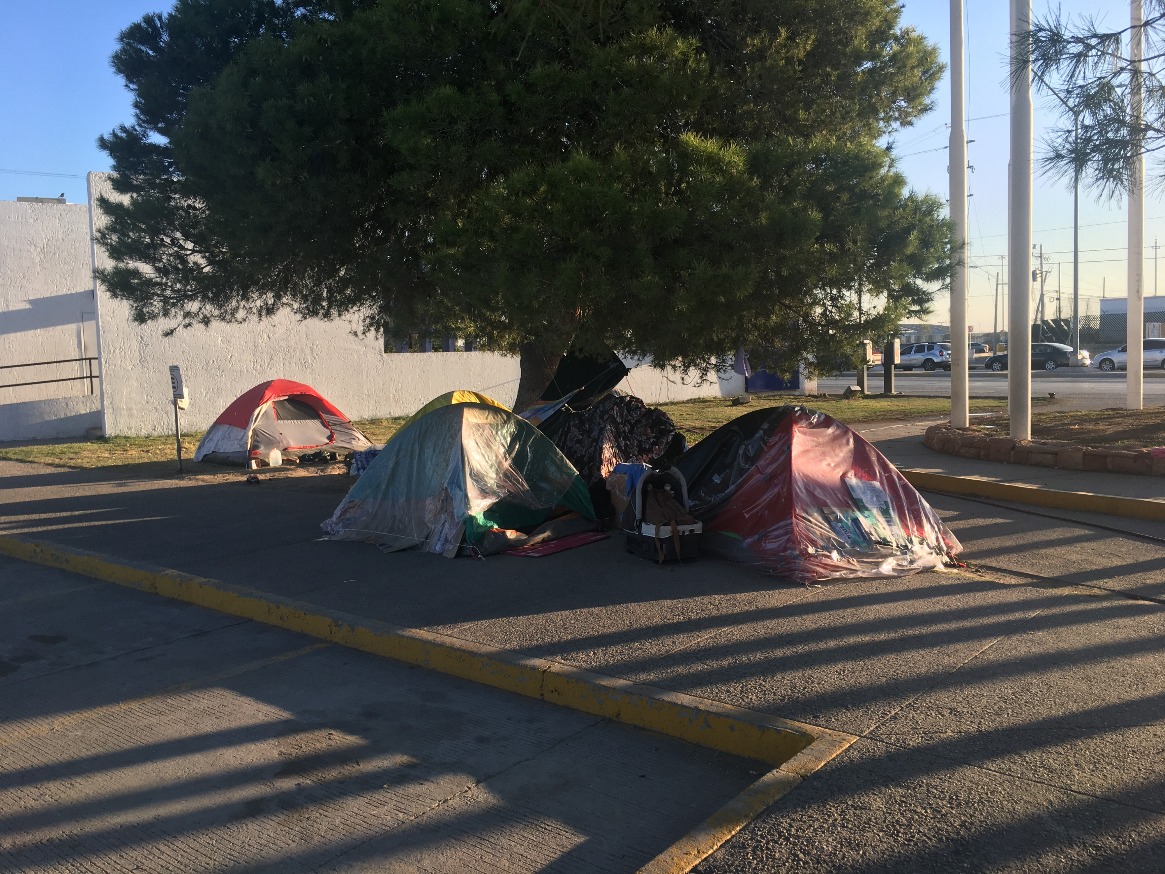
As soon as we cleared immigration, which required passing an intimidating narrow walkway framed with horizontal steel palisades, we noticed tented settlements on pavements. Our guide and driver Cesar Castellanos, owner of Copper Canyon Expeditions, explained that most of these encampments started in 2017 when President Trump threatened border closures. They are filled with Mexicans and other Central Americans waiting to enter the U.S. as refugees. Castellanos added that current border closures have had an additional adverse impact on natural animal migrations as jaguars frequently cross the Chihuahua border into New Mexico.
As we made our way into Villa Ahumada, a city 130 Km south of Cd. Juarez, we were again stopped at various border checkpoints where officers peered into the van looking for for firearms and cash (we were told) which usually arrive from the U.S. Cars entering the U.S. are checked for drugs.
The home of the Burrito
At Villa Ahumada we stopped for brunch at El Paisano. This little town of about 50,000 people came into being after the opening of Bank Santander and is now known for its Asadero cheese, a white semi-hard buttery cheese with a stringy, mozzarella like texture.
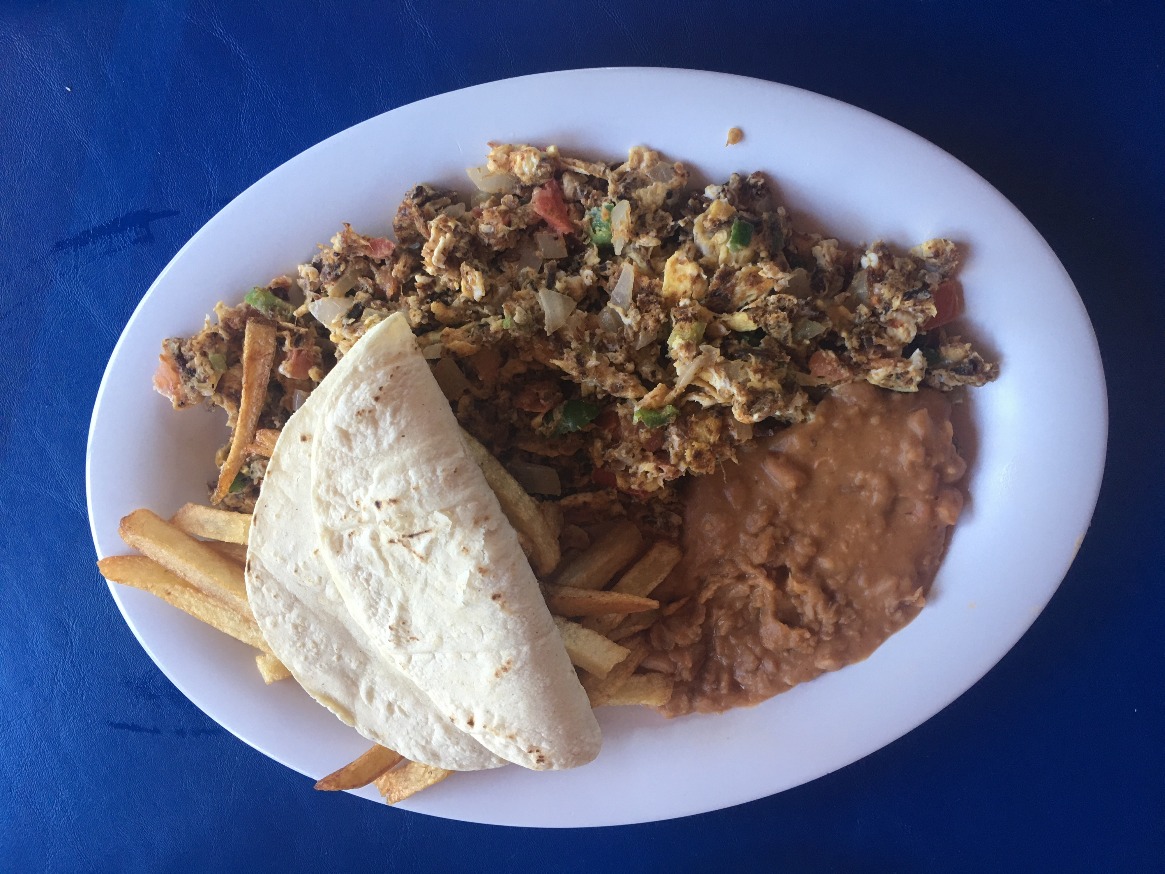

Being famished, we were treated to tortilla chips (thicker and crunchier than those found in the U.S.) served with a green chili sauce called Suero (whey) made from asadero cheese and Anaheim peppers. I ordered a Chile Relleno Burrito wrapped in flour tortillas that were tasty and fresh. Our English-speaking guide Eric Reyes, from Visita Juarez, had the Huevos con Machaka: eggs combined with dry shredded beef along with chilis and peppers.
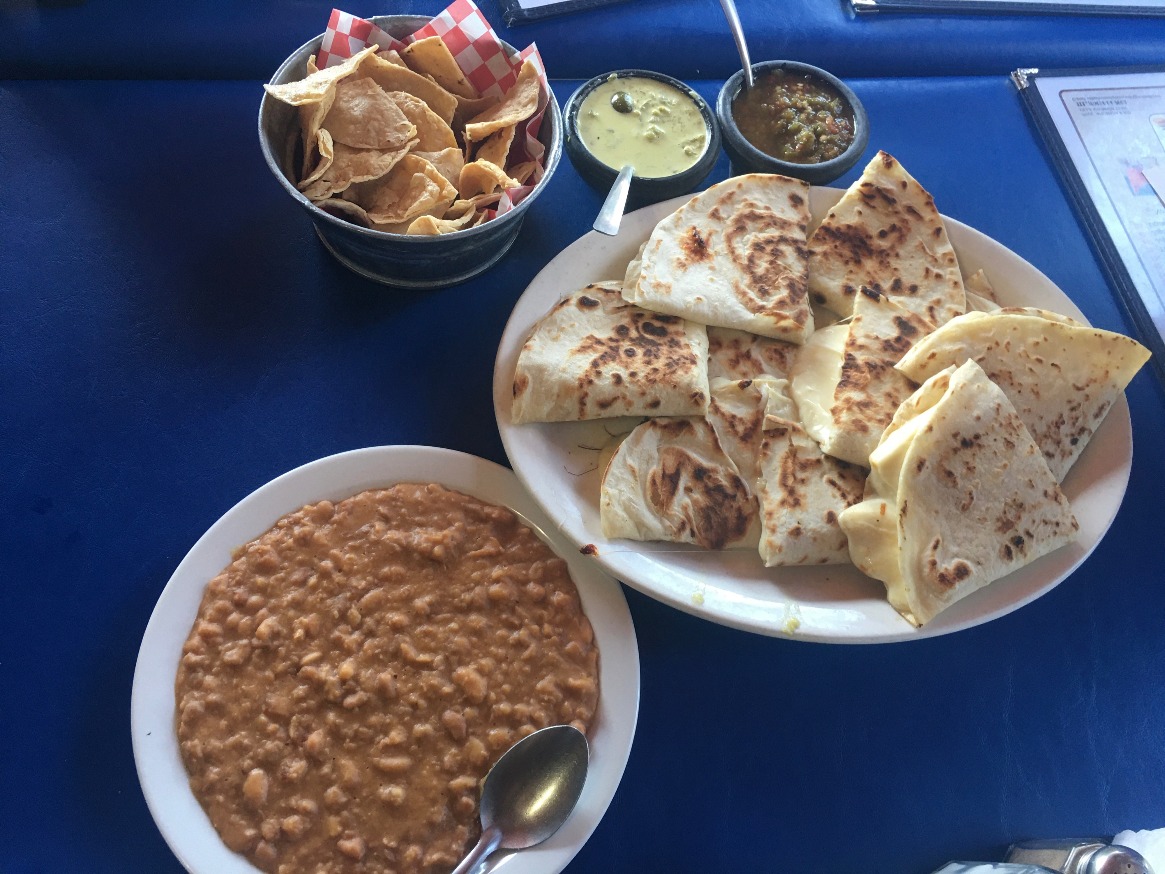
Juarez is known for creating the burrito. Originally, the burrito started out as a convenient way to pack food as flour tortillas are sturdy. Soon these stew-filled-burritos were transported on carts by donkeys to sustain railroad workers.
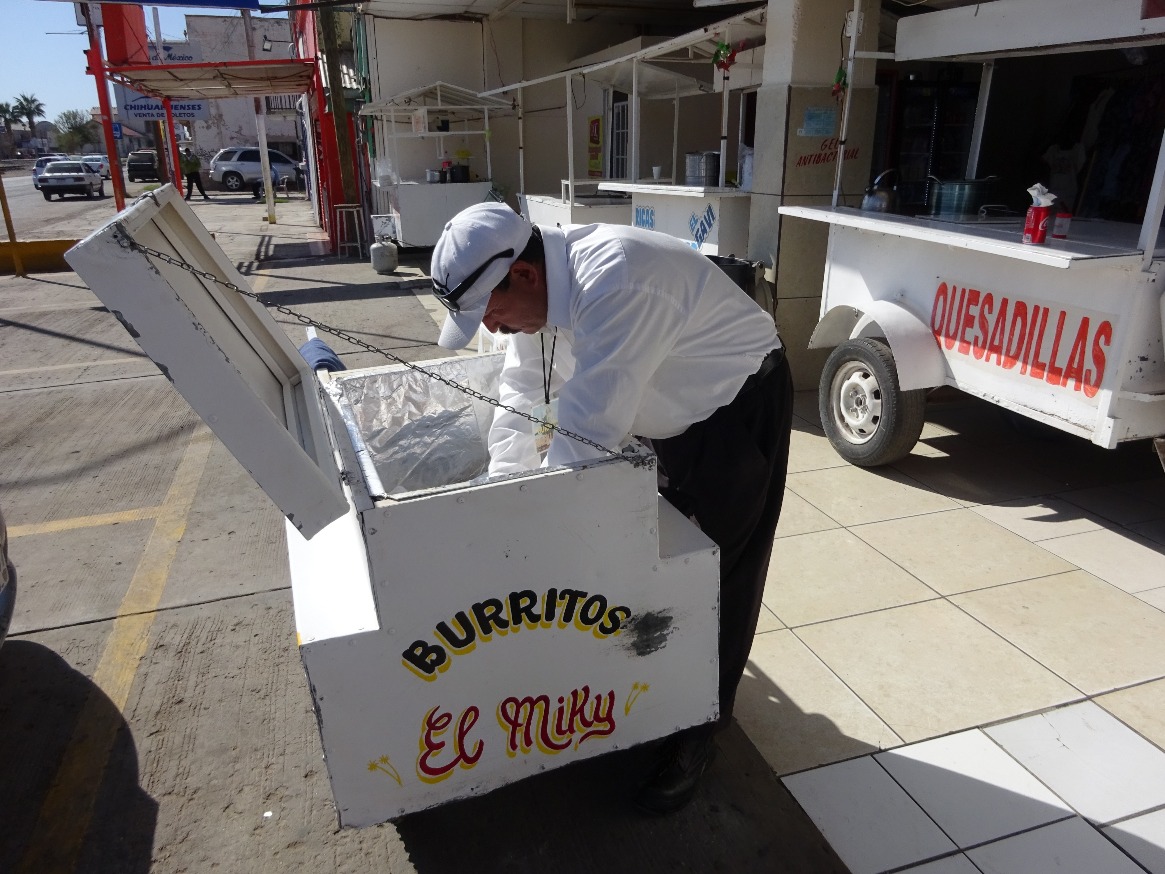
The Mennonites
It is a three-hour drive from Villa Ahumada to Cuauhtémoc, named after an old Aztec emperor, and home to a sizable Mennonite population. Originally from Europe (Northern Germany, Russia, Poland and Ukraine), these pacifists settled in Canada but because of Canada’s assimilation policy and later, on the invitation of the Mexican government in 1922, they migrated to Mexico to freely practice their religion, customs and beliefs. Today, their population hovers around 100,000 and because of their unique beliefs are exempt from the mandated one-year Mexican military service. The Mennonites are excellent cheese makers and farmers; they grow oats and beans and are in the business of distributing farming and irrigation equipment.
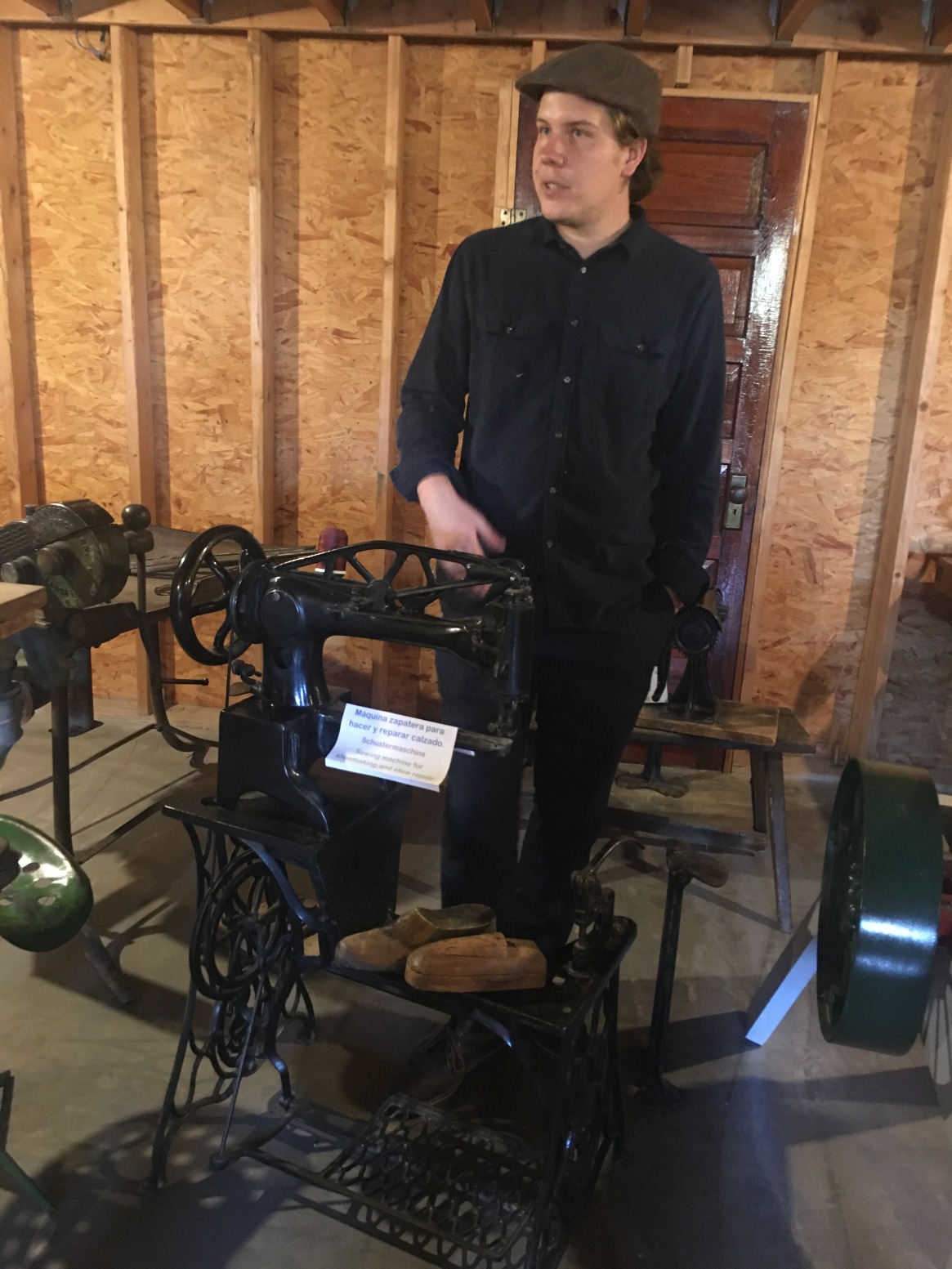
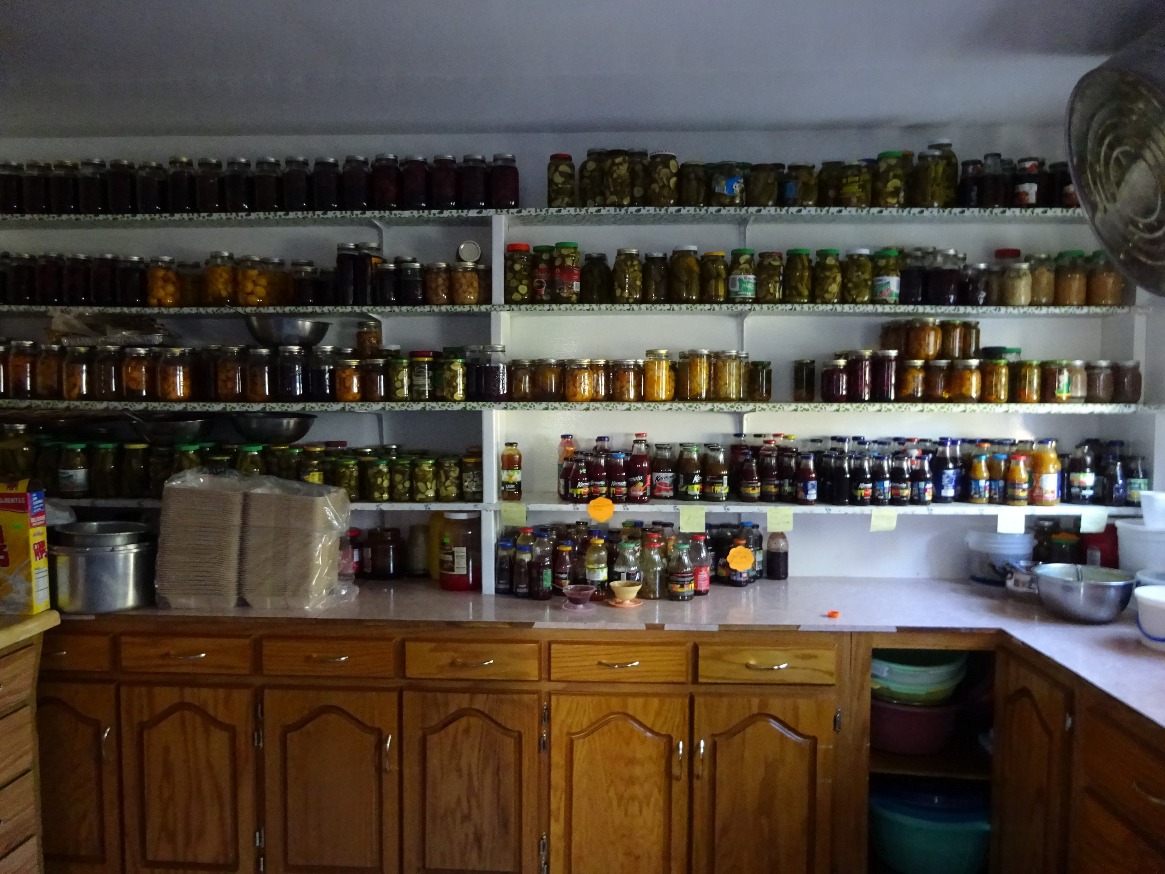
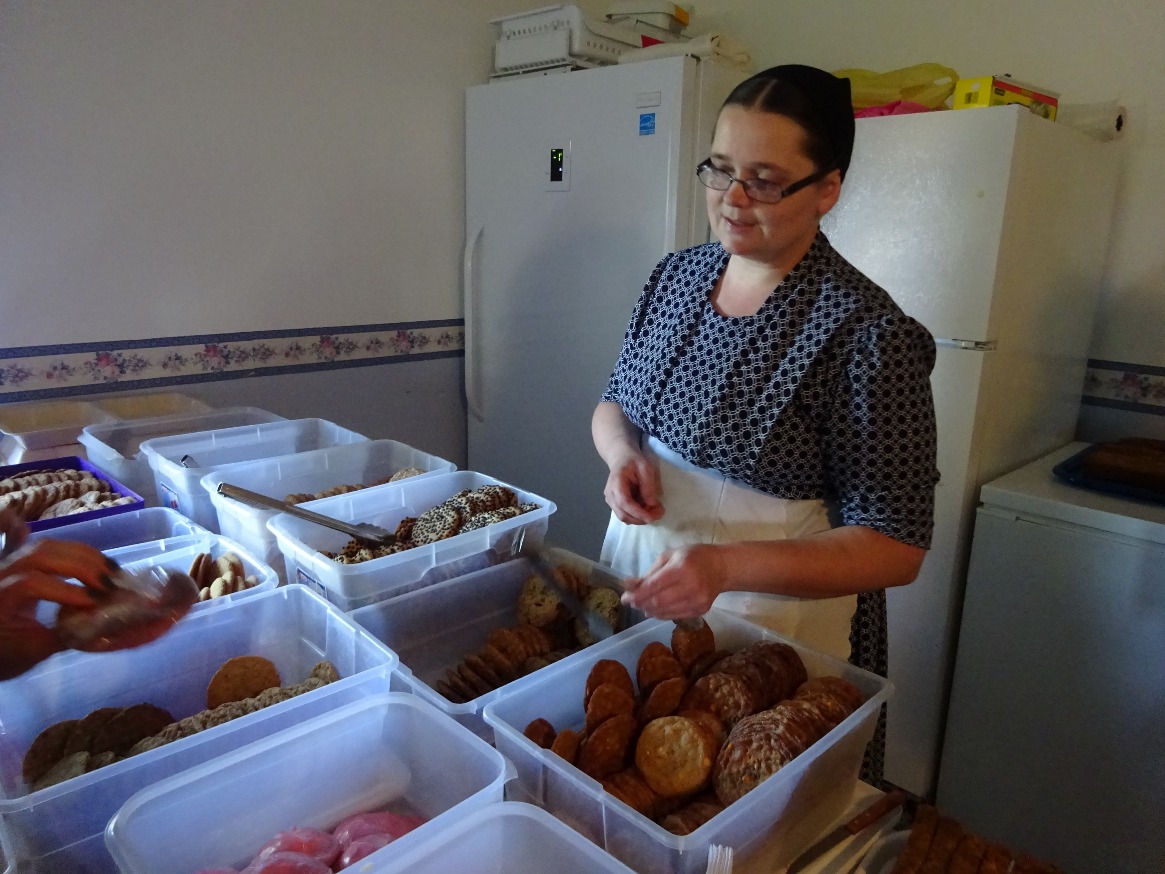
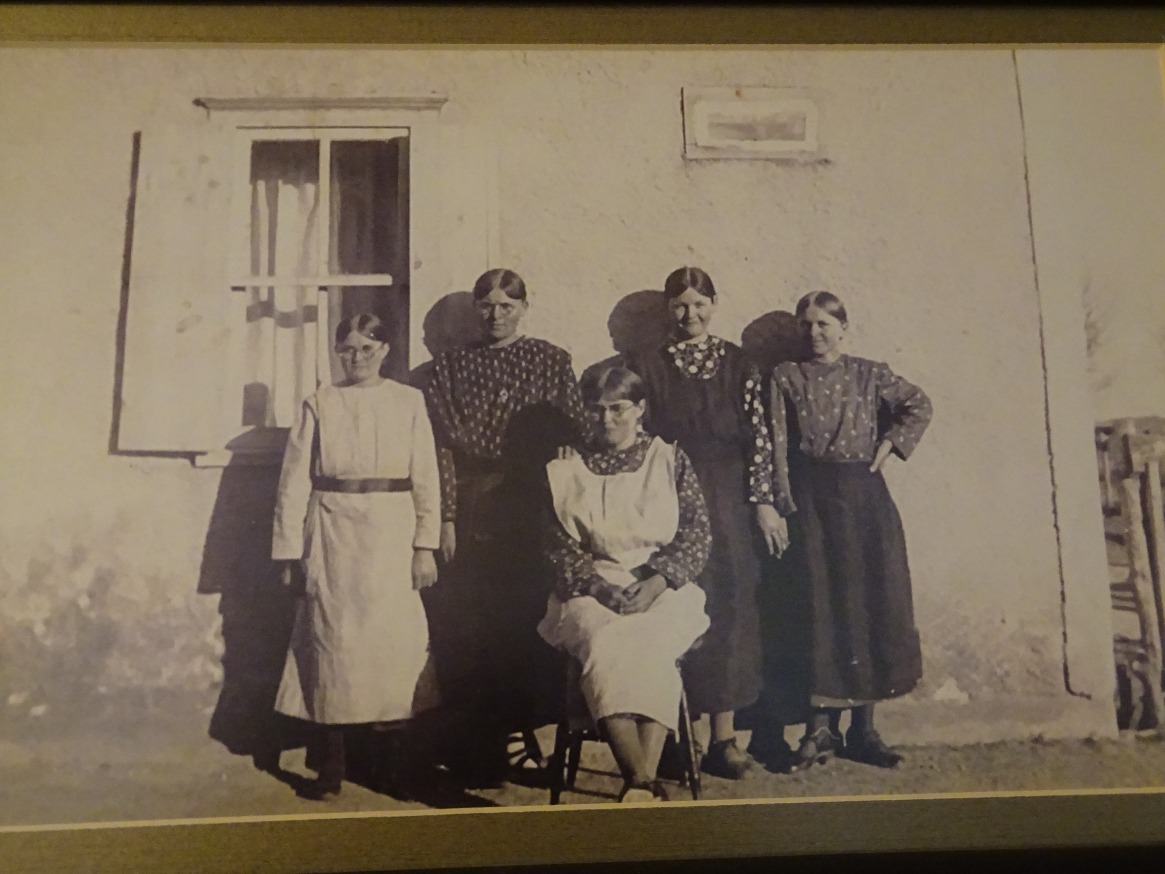
In Cuauhtémoc, we visited the Mennonite museum to learn more about their customs and habits. Eric Dyck, our museum tour guide, explained that Mennonites are divided into traditional and liberals who do not intermarry. Traditionalists are similar to the Amish as they believe in large families, live without phones and electricity, and believe in the utility of every household item, thus residences rarely feature paintings or sculptures. Liberal Mennonites, on the other hand, have around two children per household and as the term denotes, are more secular in thought and action. Both speak German. After the tour, we visited a liberal Mennonite house where a variety of breads, cookies and pickled vegetables were offered for sale.
Learning about Mexico’s indigenous people
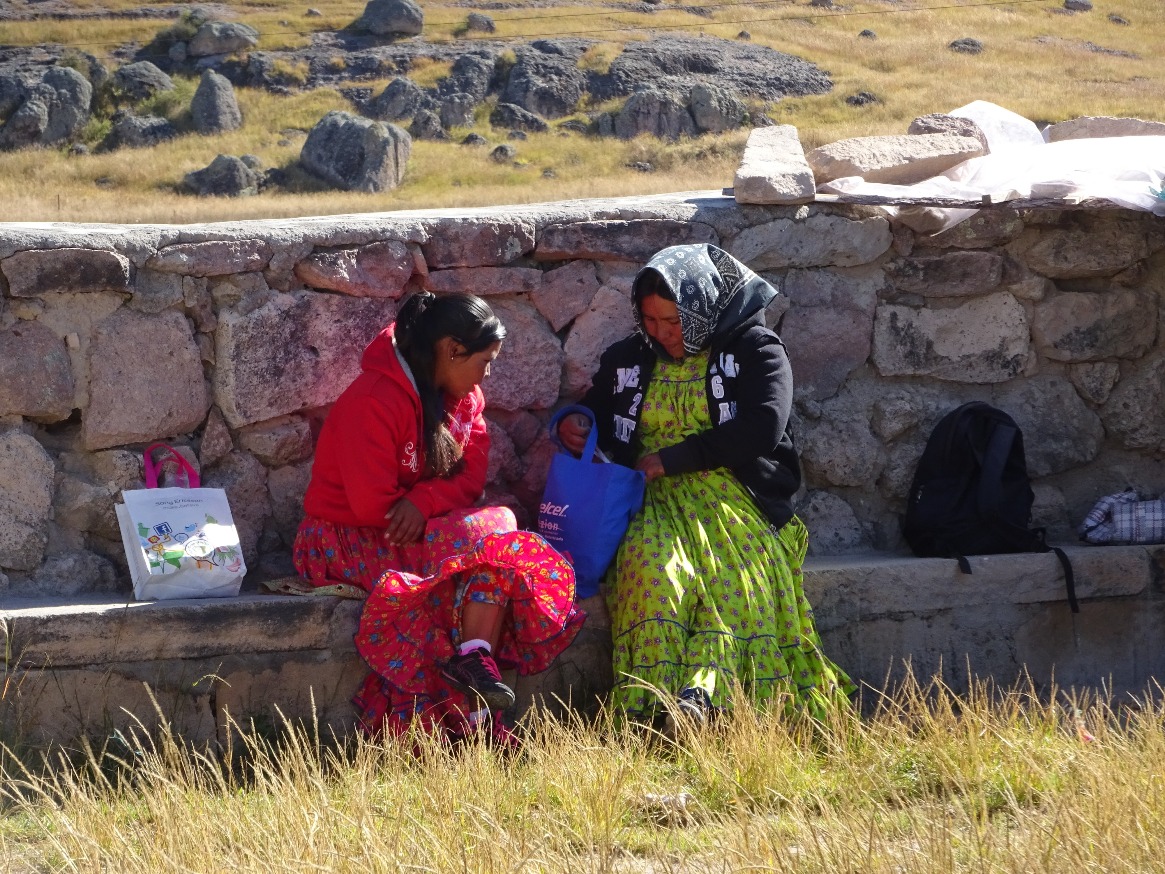
Our next stop on our cultural Chihuahua tour was Creel, the home of the Raramuri or the Terramara, an indigenous people of the Americas known for their long distance-runners, ethnic pottery and hand-made embroidery. We visited a typical Raramuri home (Petra’s House) and the San Ignacio Arareko mission. The Raramuri moved out of the plains into the Copper Canyon after the Spanish arrived in the 16th century. Their staple food is corn, squash, and beans.
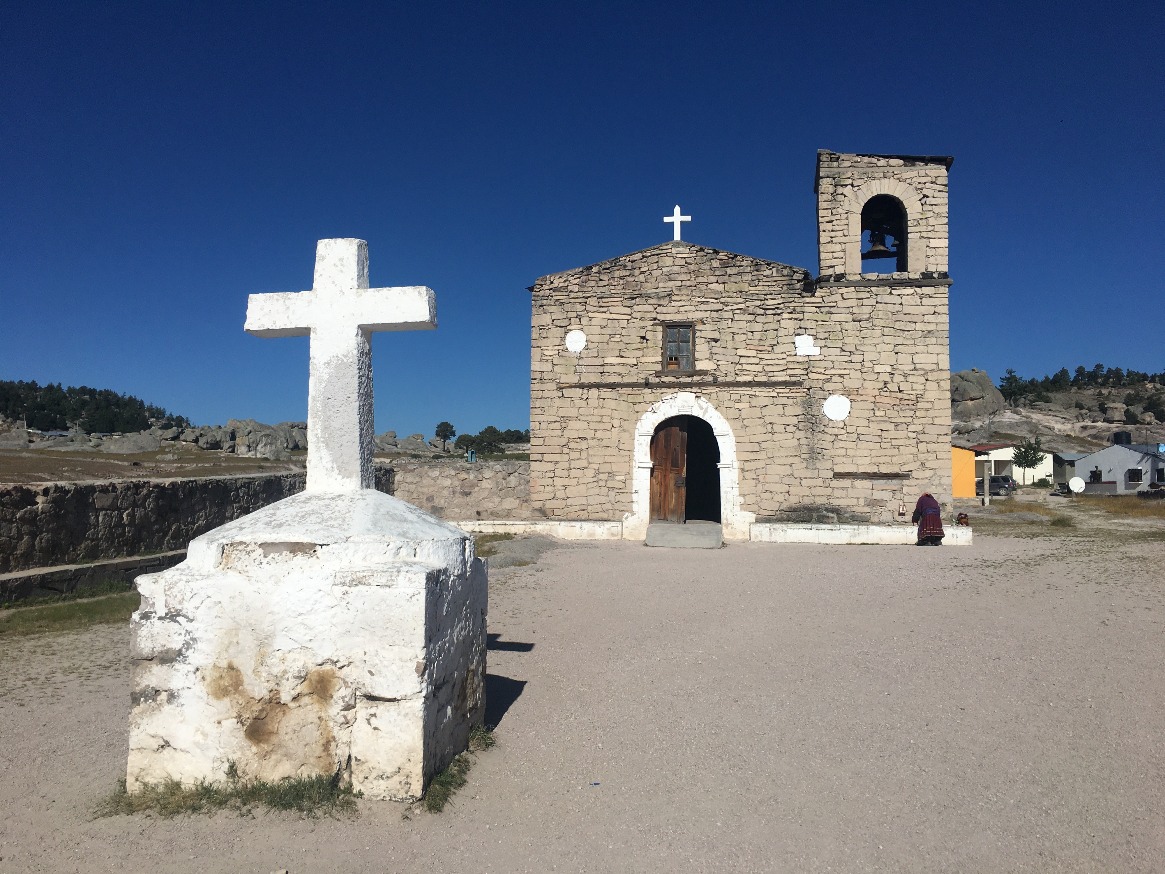

After purchasing a few knickknacks, we went on a short hike among pine trees in the Valley of the Monks, Copper Canyon.
The giant rock formations framing our walk were caused by volcanic eruptions some seven million years ago. We hiked up a short distance and into a beautiful valley and stood on the continental divide.
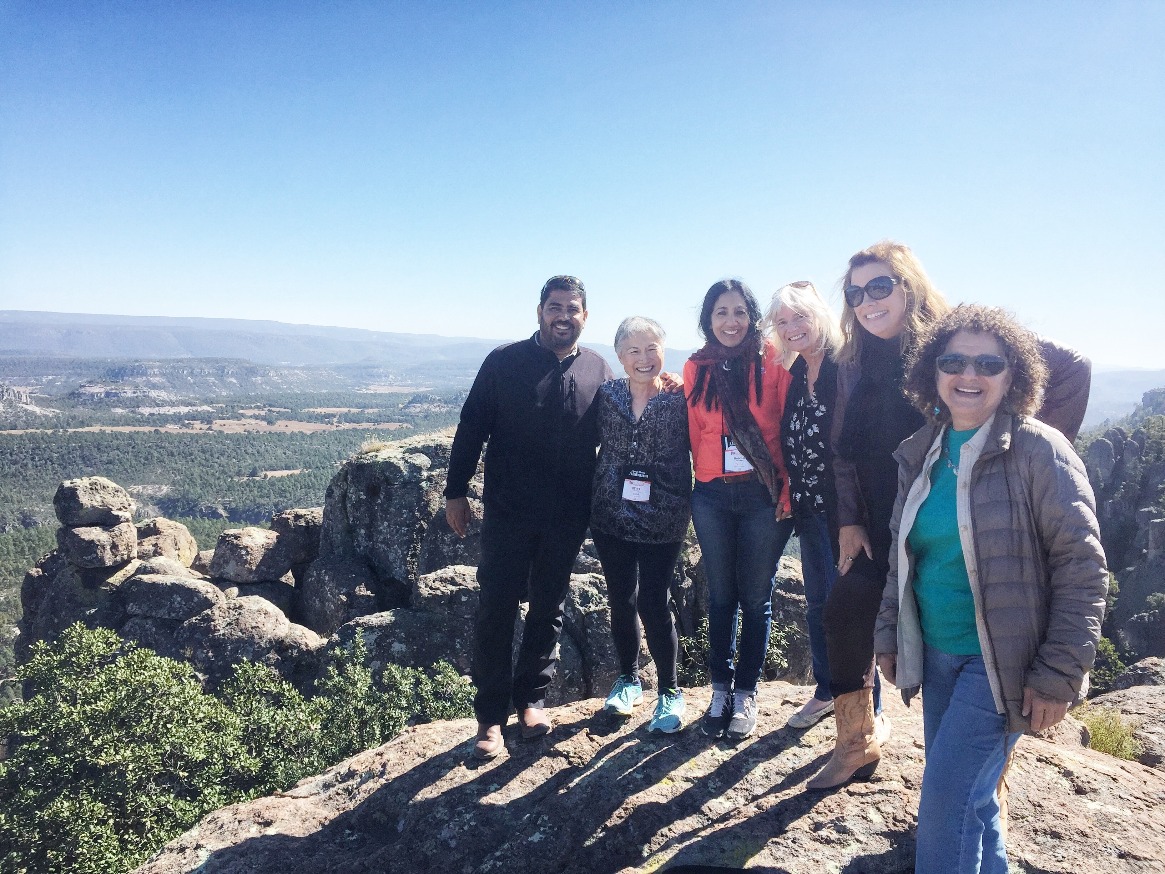
A traditional lunch
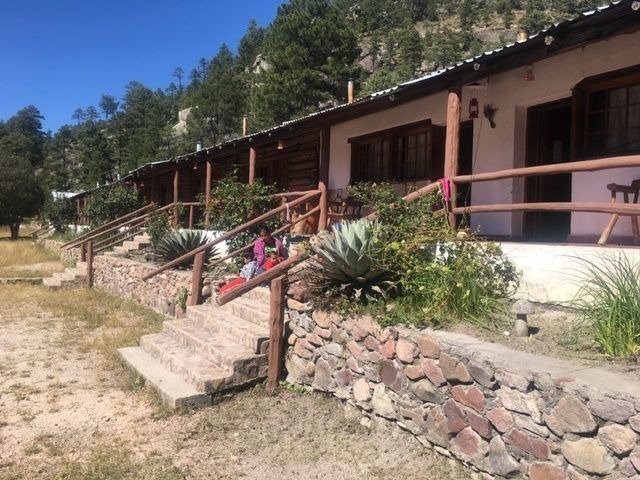
We stopped at the Cusarare Hotel restaurant to sample an authentic Raramuri lunch. The hotel is an ideal place to stay as it is nestled in wilderness and surrounded by pastoral life: donkeys, horses and fields. But note that the hotel functions without electricity! Our meal began with a lentil soup followed by traditional rice cooked with garlic and onions. The main course was Chili Rellenos filled with Mennonite cheese.
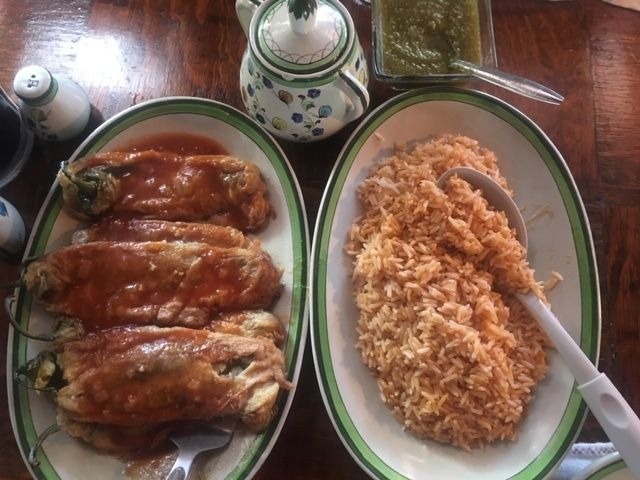
The following morning, we drove to the city of Chihuahua and dined at renowned Oscar Cortazar’s restaurant La Co Cineria, a fancy restaurant with a beautiful décor. We had a chili infused scallop appetizer followed by roasted beats made with a lemon puree and balsamic beet juice sauce. For entrée, I had the steamed Totoaba fish (similar to sea bass) finished with a guajillo chili sauce. The sauce had a unique and subtle flavor.
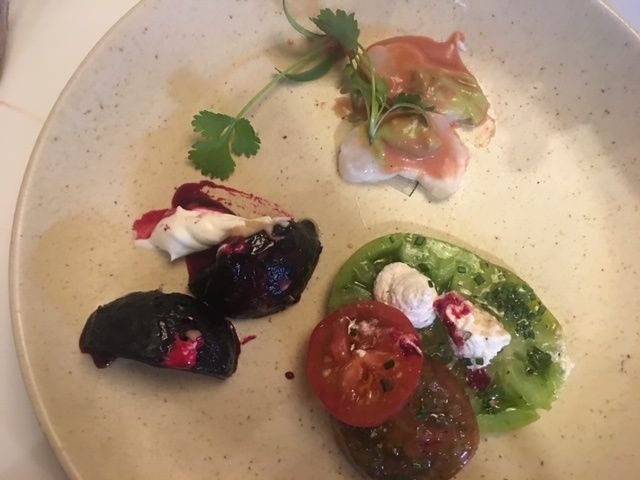
We concluded the meal with a sampling of common American desserts of pecan pie, carrot cake and panna-cotta. The meal was paired with a beautiful Mexican cabernet sauvignon which hinted of a blend of shiraz and Merlo.
In Chihuahua we stopped at Arte Popular, a handicraft center, to sample traditional snacks like dried meat, sotol liquor (made from the Agave plant) and Pinole. We admired the beautiful sotol baskets and indigenous pottery made by the Terramara (Raramuri), Mestizo (mix of Indian and Spanish) and Mennonites. Also available were embroidered tortilla covers, dolls and aprons for sale. I left with a few tortillas covers and aprons to give as gifts for my friends back home.
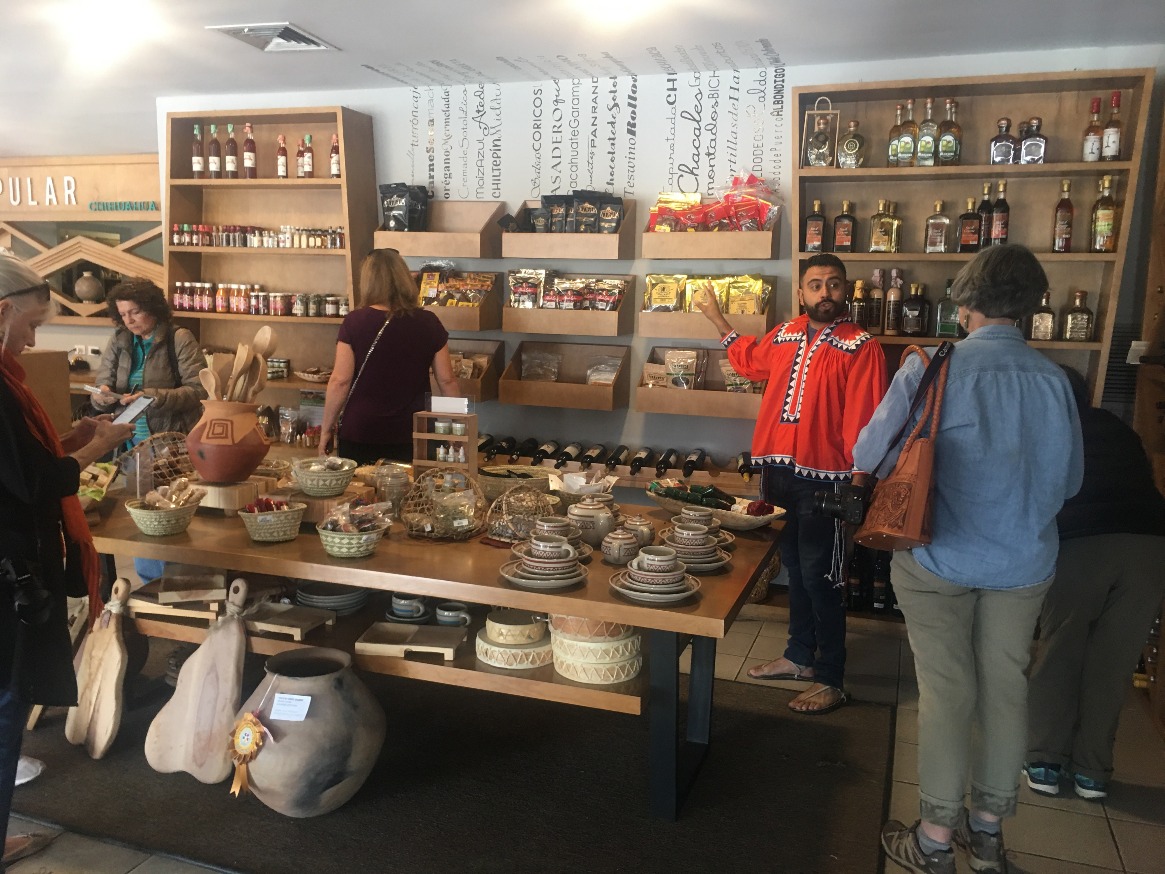
Pancho Villa, a Revolutionary Hero
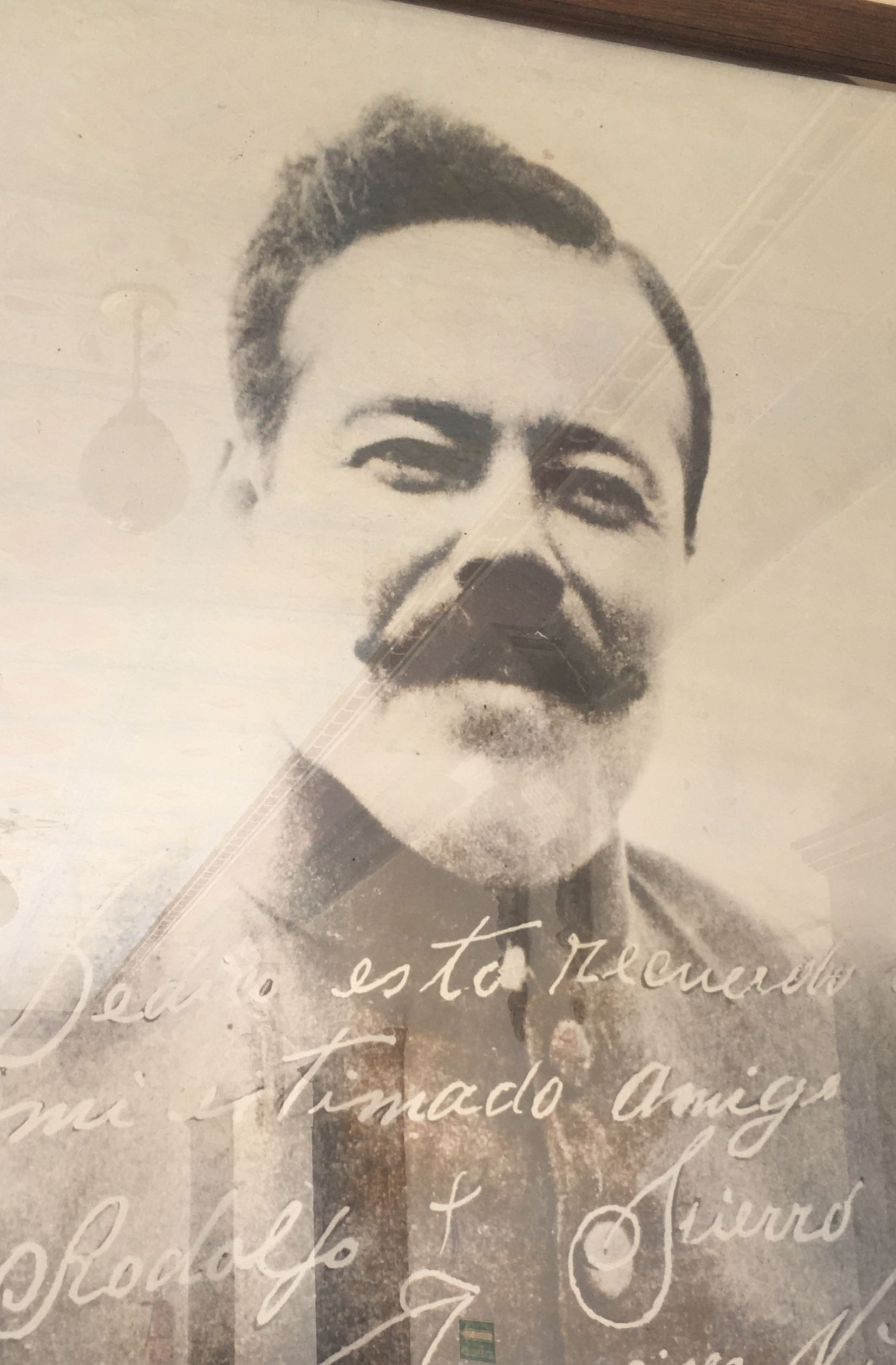
Our next stop was the state capital building which illustrated the history of Mexico and Chihuahua (founded in 1709) through beautifully painted murals. After listening to Mexico’s 400-year history we walked downtown to Pancho Villa’s home which was built in 1910. Villa, a national icon is from Chihuahua is regarded as a revolutionary hero and a freedom fighter. He helped bring about necessary educational and land ownership reforms but was also anti-establishment: hated by the moneyed class but loved by the proletariat and thus his legacy is debatable but many view him as a national hero. In 1916, he led a raid against a U.S.-Mexican border town and used guerrilla tactics to avoid being captured. An intriguing character, his credits include staring in Hollywood films and being interviewed by American journalists.
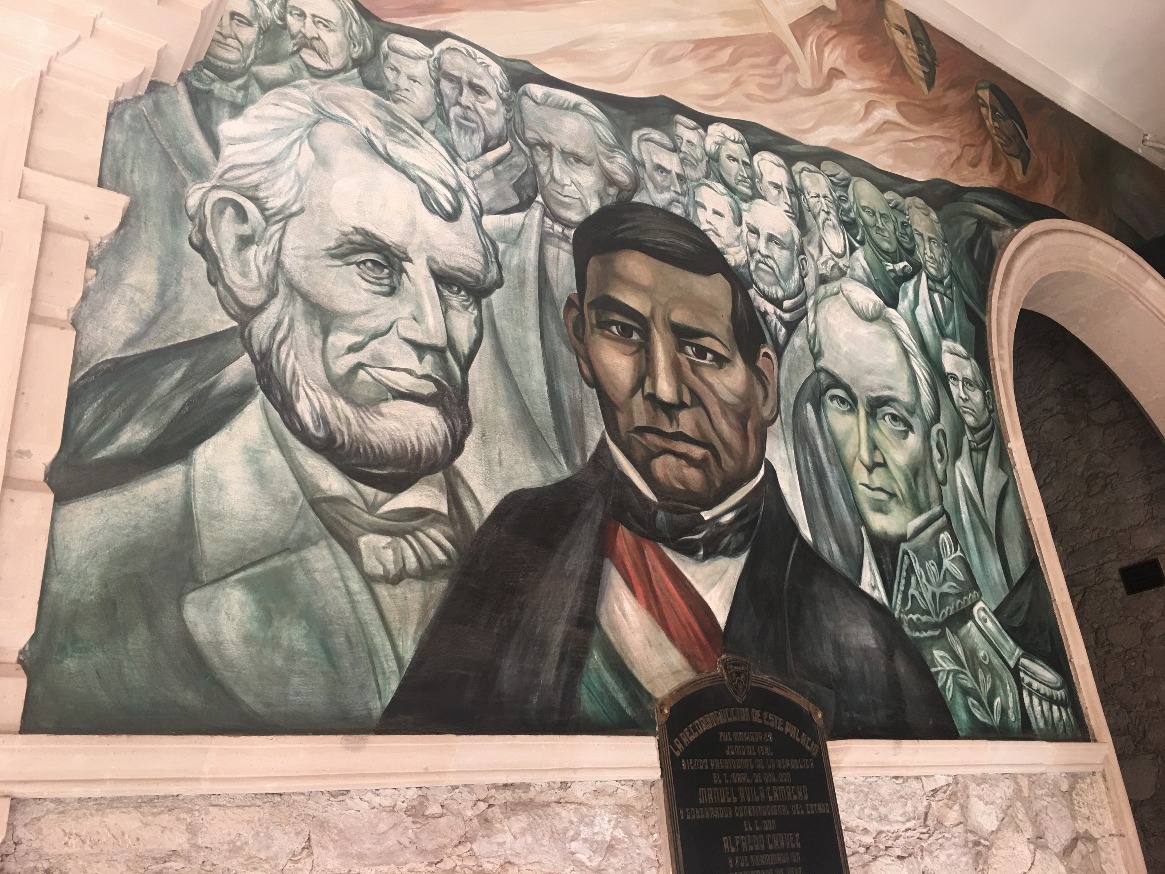
After a morning filled with history we retired to Rico’s Tacos, where we enjoyed
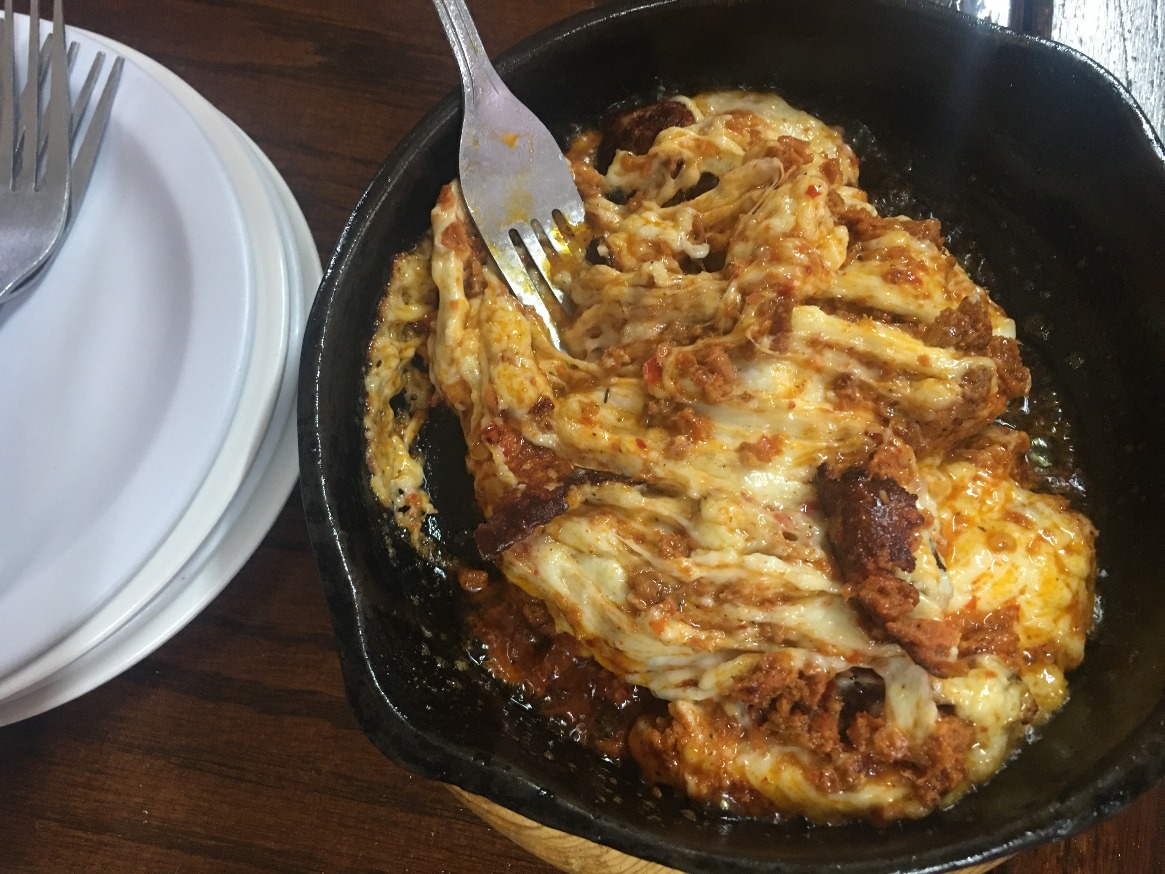
platefuls of Queso con dido filled with Mennonite cheese and chorizo. In addition, we sampled the Chili Con Queso: melted cheese filled with Anaheim peppers and onions. For entrée, I had the tacos Del Patron: tacos filled with shrimp and steak.
Learning to Sand Board at an Adventure Park
After bidding Chihuahua goodbye, we made our way back to Juarez and to an Adventure Park which offered sand- boarding, mountain biking, ATV’s, and a gorgeous view of the sunset. I decided to try sand boarding and made my way to the dunes on a Wrangler Jeep. I was under the impression that sand boarding is akin to skiing but was badly mistaken as this sport is closer to skateboarding: you are strapped onto a skateboard and then maneuver your way down a hill without falling. I got only one try at this since it was getting dark and failed miserably as I was able to stay upright for only about 20 seconds!


For dinner we went to Flor De Nogal, a nouvelle cuisine by chef Oscar Herrera, famed for being the best restaurant in Juarez where we sampled octopus with cauliflower and wonton appetizer and enjoyed a pork chop entrée served with butternut squash and bologna choy.
We began our final day in Juarez with a burrito breakfast at Wi Compa Burritos.
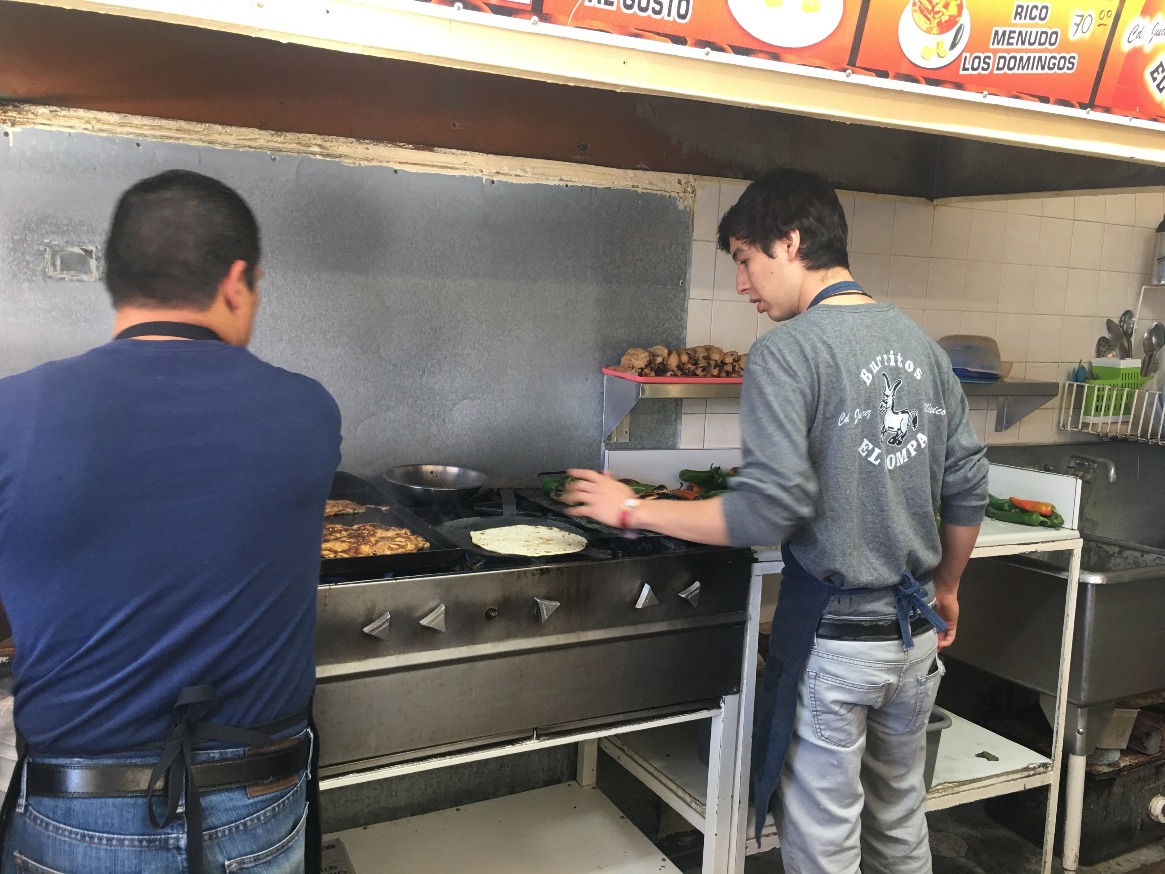
Do not miss the Chorizo burrito here as they are mouth-watering! I picked up a bag of 12 tortillas from this restaurant as there were softer than any I had tasted. I still have to use them!
A Drug Bust?
Our trip ended on a high note – as witnesses to a Mexican drug bust!
On our visit to yet another home owned by Pancho Villa, where he planned the revolution and tried to attract gringos to his cause, we noticed patrol officers checking out a van. Villa’s home, located on the American border and by the Rio Grande, suddenly became a site of excitement as the police were called in and swiftly arraigned the men.
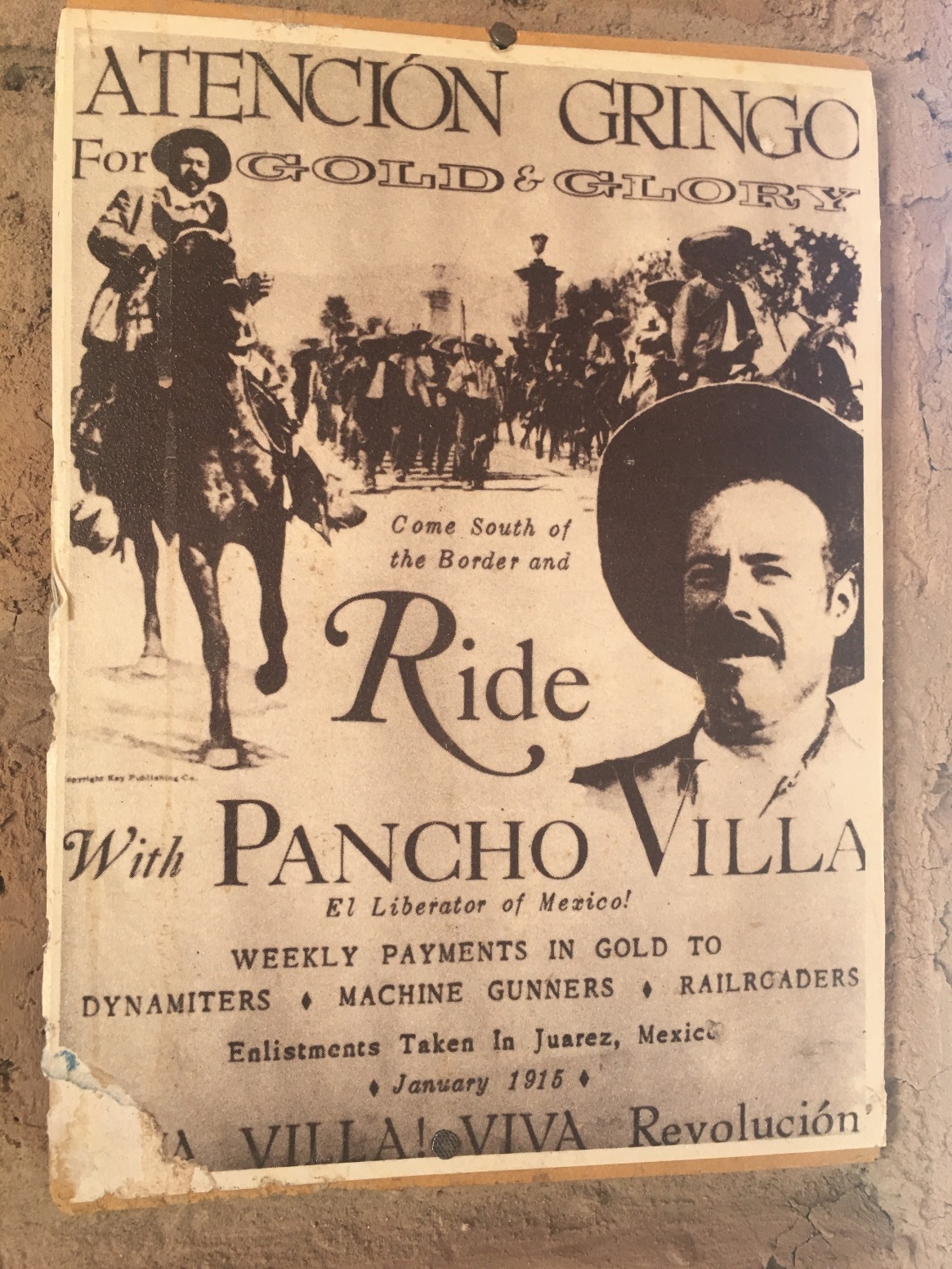

Later we heard that cocaine was found inside the van and that the arrested men had intensions of sending the illicit substance across the border into America. Hopefully our presence stopped one drug transaction!





